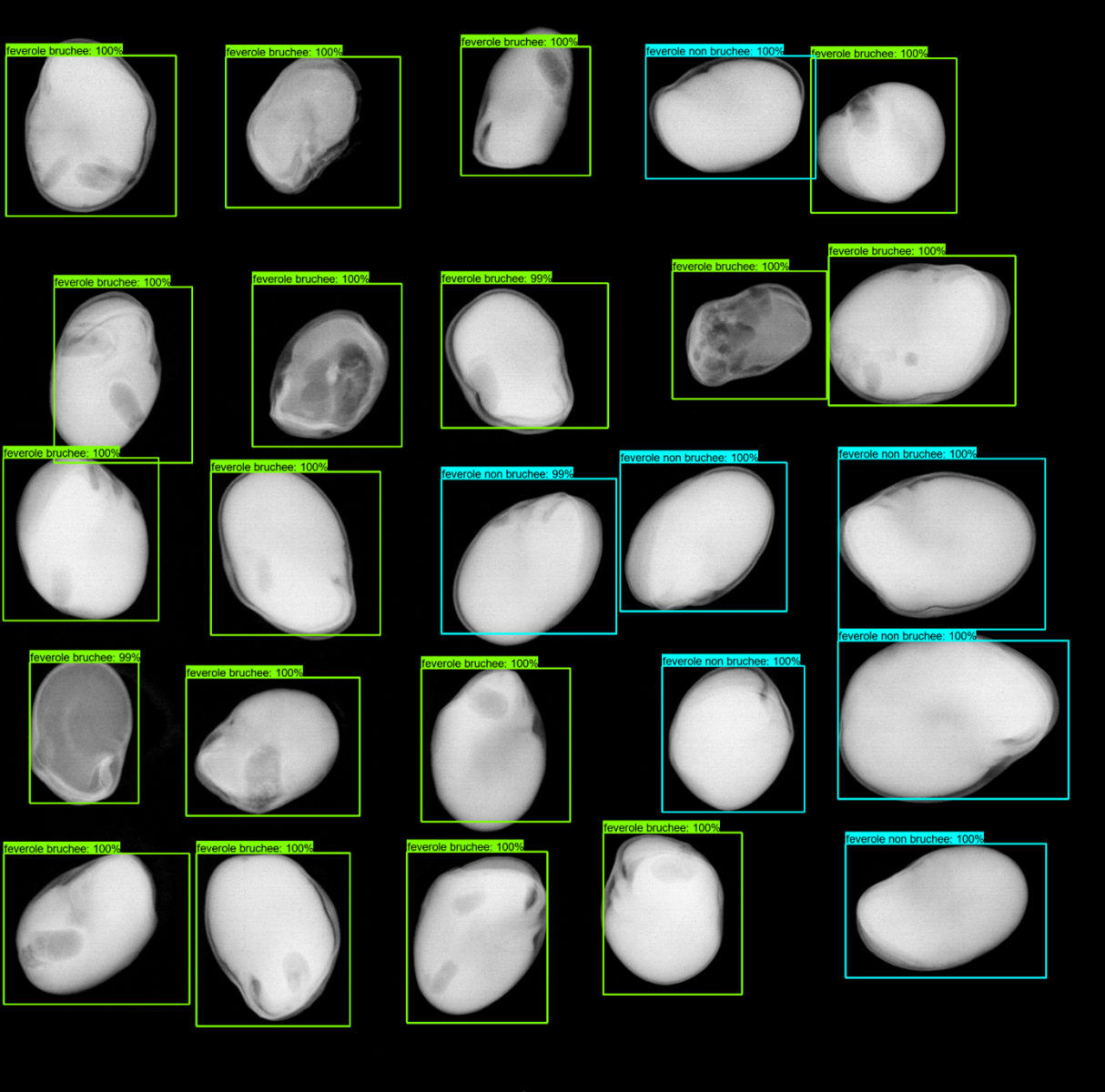France
January 27, 2025

In a recently published study, we have made significant strides in the automated detection of internal seed defects using artificial intelligence coupled with 2D X-ray imaging. This innovative method utilizes advanced deep learning models to analyze 2D X-ray images with remarkable accuracy and time optimisation.
The main technological challenge in using artificial intelligence is obtaining a very large database of balanced data. Some classes of seed defect were much less well represented than others. In our case, this difficulty was also amplified by the absence of standardised radiography protocols, leading to variations in the quality of the images obtained.
So, we developed a strategy based on the artificial augmentation of data (X-Robustifier) to address the challenges posed by the natural variability in seed morphology, the inherent variability in X-ray imaging conditions, and the typically low ratio of defective seeds. These data augmentation techniques enhance the robustness of the deep models, allowing it to adapt to variations in physical imaging parameters while effectively compensating for the rarity of defects. Some tests even demonstrated the robustness of the model and its ability to perform well on coated seeds or in 2D projections generated from 3D tomography images.
Our findings reveal that this model matches human performance in both computation time and error rates and also demonstrates strong robustness against common challenges such as physical noise and variations in morphology. The method, successfully applied to sugar beet (Beta vulgaris L.) and faba bean (Vicia faba L.) seeds, proves to be an effective and scalable solution for automated seed testing.
This project, conducted in collaboration with partners from Angers University and the ImHorPhen research group, aims to foster further partnerships with organizations that share an interest in applying artificial intelligence to the study of seeds and plants, promoting innovation and collaboration in both research and technology.